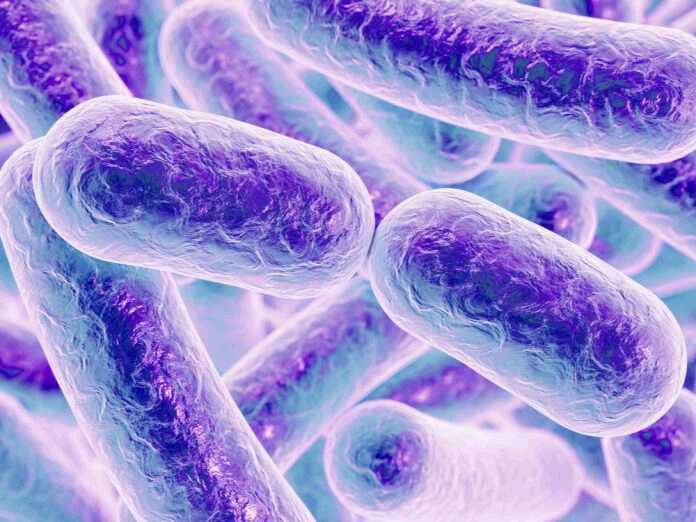
Each part of your immune system detects bacteria in different, complicated ways. But for an example of one aspect of immunology, let’s look at a recent immunology breakthrough discovered by researchers at St. Jude’s Children’s Research Hospital and published in the journal Cell.
The Macrophage
The researchers referred to their discovery as a security chief. If so, his working life is spent in a macrophage. It’s part of your immune system. A macrophage “eats” invading bacteria, cancer cells, and little bits of cell waste. That’s how it protects you from the damage those invaders, etc., can do. But “eating” them doesn’t necessarily kill them. And that’s where our security chief comes in.
IRF8, The Security Chief
He’s a transcription factor, controlling many of the genes around him. His basic job, at least as far as this example goes, is to protect the macrophage. The “operation” involves finding and destroying potentially dangerous bacteria. His particular specialty is gram-negative bacteria.
Gram-Negative Bacteria
Gram-negative means these bacteria don’t show up using a particular kind of stain in a Petri dish. The thing is, there are some very nasty characters in the gram-negative crowd – one of the most famous being Salmonella.
NAIPs
In protecting the macrophage from Salmonella, for instance, IRF8 can call up all the NAIPs he needs. (We know, the cast of characters is getting out of hand. And this is just one little corner of your magnificent immune system). NAIPs are little bits of protein with special powers of their own. They detect the bacteria, and they control the NRLC4.
NRLC4
The NRLC4 inflammasome is an inflammatory weapon. NRLC4 specializes in gram-negatives. When a gram-negative comes in range, the NAIPs trigger the NRLC4. And the NRLC4 takes out the bacterium using the powers of inflammation.
One interesting discovery from this research is that the security chief doesn’t just give orders through the chain of command. IRF8 directly affects the performance of the NRLC4.
And in the end, Salmonella pops. Peace is restored.
And that’s how your immune system detects bacteria.





























